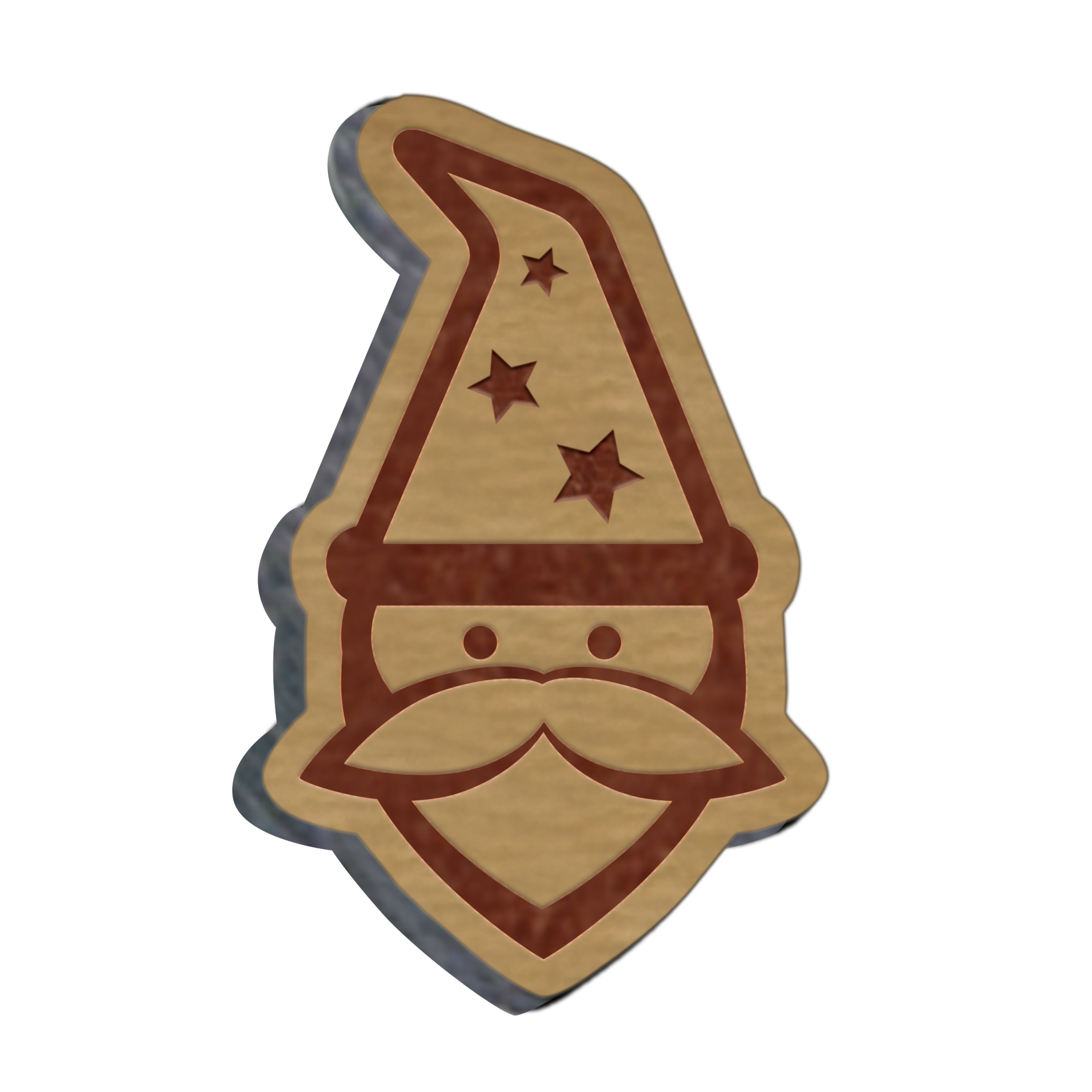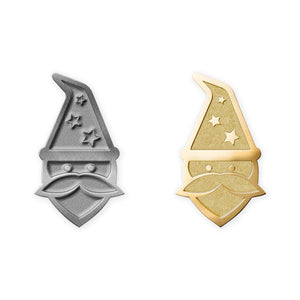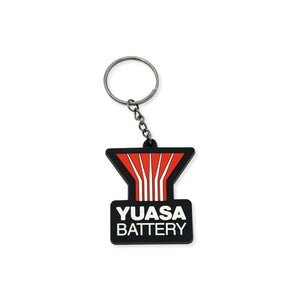Whether you're just starting to explore knitting as a hobby or you've been doing it for years, there's always something you can learn to expand or improve your skills. Often, it only takes a tiny tweak in what you've been doing to get neater-looking results, whether you're working on a simple scarf or an intricate lace shawl. By mastering these tricks and techniques, you'll able to become a more confident knitter and take pride in the projects you create.
-
Don't Overtwist Your Yarn: Most types of yarn contain fibers that are twisted together, but when you add extra twisting, it can make your stitches look uneven. The extra twisting most commonly happens when you wind your yarn into a cake and then pull from the center to use it. The easiest way to avoid this issue is to wind your yarn into a ball and put it into a yarn bowl instead. But if you really like cakes, mount yours onto a spindle so it can unwind as you pull it from the outside.
Understanding Yarn Twist -
Loosen Up Your Cast-On Edge: Many people find that the edge where they cast on looks too tight because they started by casting on small stitches and then proceeded with a stretchier knitting pattern. A simple way to tackle this issue is to cast onto two needles held side by side, rather than just one. Then, remove one of the needles and continue as normal. It will look a little odd at first, but it will block out nicely.
Why Your Cast-On Is Too Tight and How to Fix It -
Compensate for Uneven Tension: If you tend to knit tighter than you purl when you work in stockinette stitch, switch the right needle to a smaller size before a purl row. This will help you to make smaller purl stitches, compensating for the change in tension.
Tips for Knitting With Even Tension -
Improve the Look of Your SSKs: To create a neater-looking left-leaning decrease, knit a ssk as usual, but when you come across this stitch in the next row, purl it through the back loop. A ssk typically leaves you with a twisted stitch, but this technique makes it a little less noticeable.
How to Do the SSK Knitting Stitch -
Avoid Difficult Stitches by Knitting Backward: If you're knitting in the round and you need to do a really complex stitch that you're not good at or hate doing, figure out what the reverse of that stitch is. Then, turn the work over and knit that stitch instead. For instance, if you need to purl two stitches together, you can turn it over and knit two together instead.
Knitting Backward -
Fix a Twisted Stitch: Twisted stitches can happen to anyone, most commonly when you're picking up dropped stitches or putting a partially frogged piece back onto your needle. A simple way to fix a twisted stitch when you encounter one is to knit it through the back loop.
How to Untwist a Twisted Stitch -
Pick Up a Dropped Stitch Without Extra Tools: Many knitters pick up and fix dropped stitches with a crochet hook, but if you don't have one, just use your needles. Pick up the stitch and slip it onto your left needle, then push the right needle into it as if to knit. Now, look below the stitch for a horizontal strand stretching across where the stitch was missed. Reach down with your right needle and pick up that strand. Then, use your left needle to lift the dropped stitch up and over, dropping it at the end. Slip the stitch on your right needle back to the left. You've now knit the stitch back in, and you can continue knitting as usual.
Fixing Dropped Stitches -
Fix Uneven Stitches After the Fact: If you spot an uneven area many rows later, you can manually fix it with a knitting needle. Just reach in and pull the excess yarn tighter, then adjust the subsequent stitches to distribute the yarn more evenly.
How to Prevent and Fix Ladders in Knitting -
Bind Off More Neatly: To improve the look of that last little bit of your work, cast off until you get to the last stitch, then slip the last stitch purlwise to the right needle. Now, use your left needle to pick up the stitch at the end of the row below, then slip that stitch purlwise as well. From these three stitches, slip the first two back to the left needle, and then knit them both together. Now, you can bind off the last stitch as usual.
How to Bind Off -
Close the Gap When Binding Off in the Round: To avoid an awkward gap when binding off knitting in the round, once you've finished binding off your stitches, pick up the tail with a tapestry needle and thread it upward through the first bound-off stitch, then downward through the last bound-off stitch. Weave in the rest of the tail on the back side of the work.
How to Bind Off in the Round -
Choose the Right Tool to Weave in Ends: A blunt-ended tapestry needle can be great for seaming, but when you're weaving in ends, a pointed tapestry needle can poke through the stitches more easily.
Weaving: A Necessary Evil
Knitting Terms and Abbreviations to Know
Bind Off (bo): To finish the last row of a project and secure the stitches in place
Blocking: Wetting or steaming a finished piece and laying it flat to dry in order to shape it correctly. Placing the piece on a blocking board and using pins to secure it allows you to set the shape of the piece in place as it dries. For instance, you can pin lace projects to make sure that the intricate stitches are well-defined, and you can pin the edges of pieces in stockinette stitch to keep them from curling up.
Cable: A decorative pattern made by crossing stitches over each other
Cast On (co): To add stitches to a knitting needle to begin a project
Chart: A diagram that uses symbols to show stitch patterns row by row
Circular Knitting: Knitting in a continuous round using circular needles or double-pointed needles
Circular Needles: Needles connected by a flexible cord, used for knitting in the round or flat
Decrease (dec): To reduce the number of stitches in a row
Double-Pointed Needles (DPNs): Short needles with points at both ends, used for small circular knitting projects like socks
Fair Isle: A stranded colorwork technique using multiple colors in a row
Flat Knitting: Knitting in rows, turning the work at the end of each row
Frogging: Ripping out rows of knitting to fix a mistake. It's called frogging because you "rip it, rip it" as you pull out the stitches.
Gauge: The number of stitches and rows per inch
Garter Stitch: A bumpy pattern made by knitting every row
Hank: A looped coil of yarn
Increase (inc): To add stitches to make the piece wider
Intarsia: A colorwork technique using separate blocks of color
Knit (k): The most basic stitch in knitting, in which you pull a loop of yarn through an existing loop from the back of the work to the front
Knit Front and Back (kfb): An increase in which you knit one stitch without dropping the stitch from the left-hand needle, then push your right-hand needle into the back of the same stitch and knit it again before dropping it as normal
Knit Two Together (k2tog): A common decrease method in which you knit two stitches at once
Lace: An open, airy fabric created with yarn overs and decreases
Make One (m1): A way to increase by creating a new stitch between two existing stitches
Purl (p): A basic stitch that is the reverse of a knit stitch, pulling a loop of yarn through another loop from the front of the work to the back
Purl Two Together (p2tog): A decrease done by purling two stitches into one
Repeat (rep): A pattern instruction to repeat a series of stitches or rows
Right Side: The front side of the knitted fabric
Ribbing: Stretchy fabric made by alternating knit and purl stitches
Round: A complete circle of stitches when knitting in the round
Row: A single line of stitches across the piece
Seaming: Joining pieces of knitted fabric together
Selvage: The edge stitches of a piece, often used for seaming
Skein: A coiled bundle of yarn
Slip Slip Knit (ssk): A decrease in which you slip two stitches knitwise, one at a time, and then slip both stitches purlwise back to the left needle and knit them together through the back loop
Slip Stitch (sl): Moving a stitch from one needle to another without working it
Stockinette Stitch: A smooth fabric with knit stitches on the front and purl stitches on the back
Stitches (sts): The individual loops of yarn on a needle
Tinking: Undoing stitches one at a time. It's the reverse of knitting; "tink" is "knit" spelled backwards.
Work in Progress (WIP): Any project that has been started but not yet finished
Wrong Side: The back, or hidden, side of the knitted fabric
Yarn Over (yo): A technique in which you bring the yarn forward and wrap it around the needle to add a stitch. A yarn over creates a hole, an intentional part of lace patterns.
Yarn Weight: A classification of the thickness of yarn







































